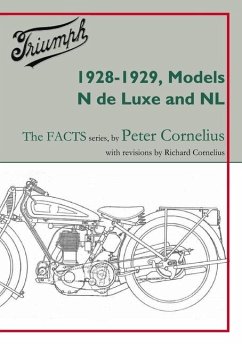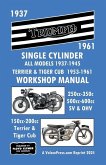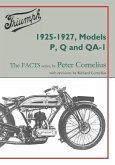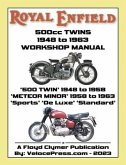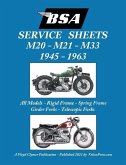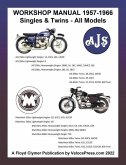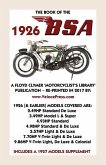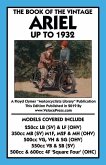Triumph Models N de Luxe and NL Probably best remembered as Triumph's first saddle-tank model the 1928 Model N de Luxe actually heralded a new style of Triumph motor cycle. With its much lower riding position, compared with its forerunners, the Models P and N, it feels really 'sporty' and the riders of the period must have felt that they were 'leaders of the pack'. Although, by name, a "de luxe" version of the 1927 Model N, and the motive power still basically the reliable and very successful 494cc of the 1925/26 Model P, I have found the difference in riding is chalk and cheese; with the N de Luxe qualifying as the best British cheddar. This difference starts from the time one wheels the machine from the garage, and in my garage the 1927 Model P and the 1928 N de Luxe reside side by side. Being so much smaller with its lower frame the machine is wheeled without effort. For the same reason mounting and dismounting is no problem. It should go without saying that starting is with the normal Triumph ease. That period between start and finish is most pleasurable. It must be the frame, but vibration is much reduced from that apparent with the same engined Model P, handling is no problem and corners are taken with ease. If you are suspecting that I believe that the 1928-29 Model N de Luxe / NL is one of Triumph's best; you would be right! >---------- The early decades of the 20th century was an exciting period of innovation in automotive history when travel options were limited and the freedom of motorcycling was a real adventure. Are you are restoring one of these early Triumph motor cycle? Interested in motorcycling history? Needing the correct historical FACTS for your book or film project? Or researching aspects of your family history. Then this book, being filled with accurate technical details; images and diagrams from the period; and historical information - The FACTS - is for you. Each book within the Triumph The FACTS series, is the result of patient, dedicated and meticulous research by the author to cover a single motor cycle model, or common range, in detail. This series of The FACTS books has been titled due to a remark from someone whom Peter assisted with his restoration. "Over the years many people have given me advice but you are the only one who has ever given me FACTS!" ---------- On Nov 14th 1940, the Triumph factory was destroyed in the air raid on Coventry. All records were lost of models built, their dates and total numbers. 4 decades later, in the early 1980's, Peter Cornelius accepted the challenge to accurately date every pre-1940 Triumph motor cycle, and spent the following 4 decades intimately researching the details of every pre-1940 Triumph, to rediscover the 11 missing coding systems. Recognised as a global authority on Vintage Triumph motor cycles, a Marque Specialist for the Vintage Motor Cycle Club in the UK even when he emigrated to NZ, Peter is the author of 28 books on Triumph history before 1940.
Hinweis: Dieser Artikel kann nur an eine deutsche Lieferadresse ausgeliefert werden.
Hinweis: Dieser Artikel kann nur an eine deutsche Lieferadresse ausgeliefert werden.

